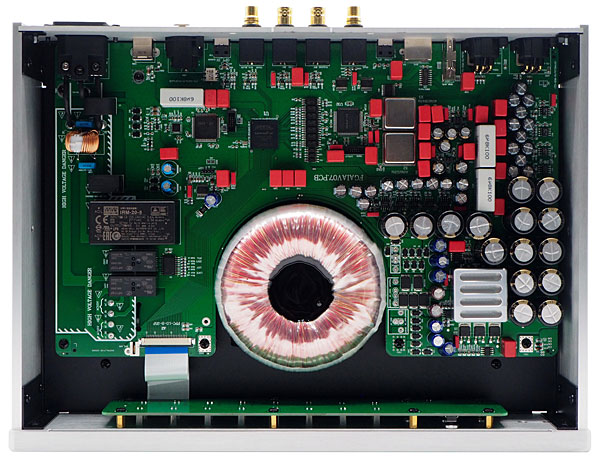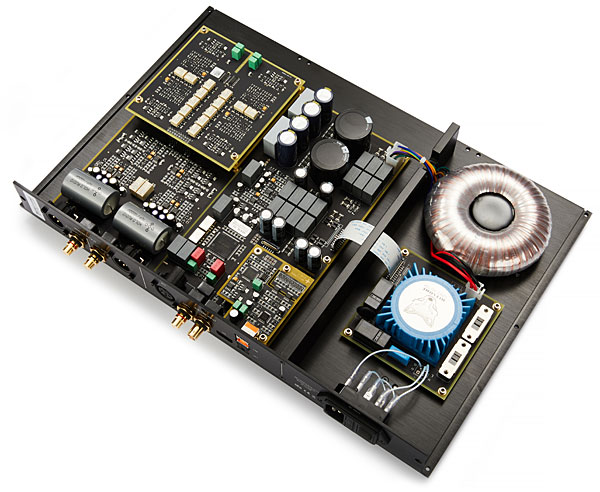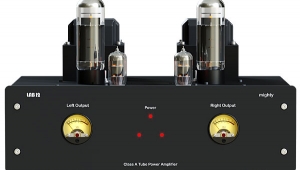| Columns Retired Columns & Blogs |
what I can add is that in my memory according to my ears the HoloAudio Spring 3 level 3 sounds at least equal, or even a little better than the 4x more costing Nagra Classic dac. And indeed, I think "if the music file is already good to excellent, then why want to upsample?"

















































